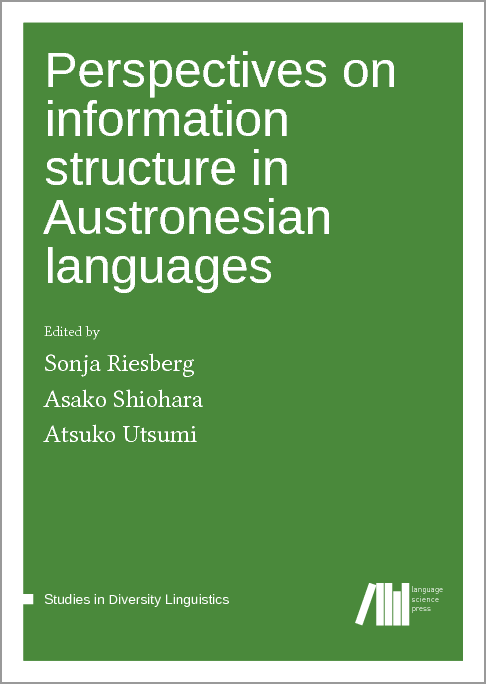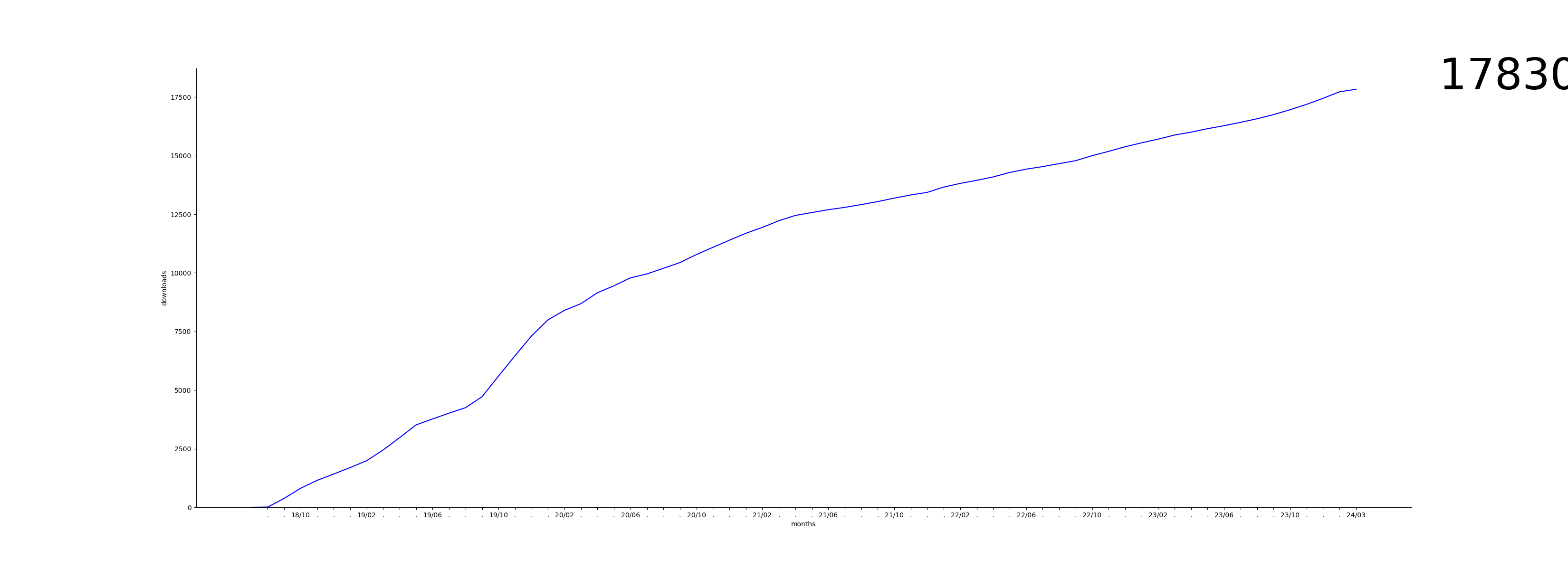We log anonymous usage statistics. Please read the privacy information for details.
Perspectives on information structure in Austronesian languages
Synopsis
Information structure is a relatively new field to linguistics and has only recently been studied for smaller and less described languages. This book is the first of its kind that brings together contributions on information structure in Austronesian languages. Current approaches from formal semantics, discourse studies, and intonational phonology are brought together with language specific and cross-linguistic expertise of Austronesian languages. The 13 chapters in this volume cover all subgroups of the large Austronesian family, including Formosan, Central Malayo-Polynesian, South Halmahera-West New Guinea, and Oceanic. The major focus, though, lies on Western Malayo-Polynesian languages. Some chapters investigate two of the largest languages in the region (Tagalog and different varieties of Malay), others study information-structural phenomena in small, underdescribed languages. The three overarching topics that are covered in this book are NP marking and reference tracking devices, syntactic structures and information-structural categories, and the interaction of information structure and prosody. Various data types build the basis for the different studies compiled in this book. Some chapters investigate written texts, such as modern novels (cf. Djenar’s chapter on modern, standard Indonesian), or compare different text genres, such as, for example, oral narratives and translations of biblical narratives (cf. De Busser’s chapter on Bunun). Most contributions, however, study natural spoken speech and make use of spoken corpora which have been compiled by the authors themselves. The volume comprises a number of different methods and theoretical frameworks. Two chapters make use of the Question Under Discussion approach, developed in formal semantics (cf. the chapters by Latrouite & Riester; Shiohara & Riester). Riesberg et al. apply the recently developed method of Rapid Prosody Transcription (RPT) to investigate native speakers’ perception of prosodic prominences and boundaries in Papuan Malay. Other papers discuss theoretical consequences of their findings. Thus, for example, Himmelmann takes apart the most widespread framework for intonational phonology (ToBI) and argues that the analysis of Indonesian languages requires much simpler assumptions than the ones underlying the standard model. Arka & Sedeng ask the question how fine-grained information structure space should be conceptualized and modelled, e.g. in LFG. Schnell argues that elements that could be analysed as “topic” and “focus” categories, should better be described in terms of ‘packaging’ and do not necessarily reflect any pragmatic roles in the first place.
Chapters
-
Referential cohesion in BununA comparison of two genres
-
Stance, categorisation, and information structure in Malay
-
Attention focus and information packaging in Vera’a demonstratives
-
Two definite markers in Manado Malay
-
Information Structure in Sembiran Balinese
-
Constituent order and information structure in Indonesian discourse
-
Austronesian predication and the emergence of biclausal clefts in Indonesian languages
-
The role of information structure for morphosyntactic choices in Tagalog
-
Information structure in SumbawaA QUD analysis
-
Preposed NPs in Seediq
-
Some preliminary observations on prosody and information structure in Austronesian languages of Indonesia and East Timor
-
Focus and prosody in Tagalog
-
On the perception of prosodic prominences and boundaries in Papuan Malay
Reviews
-
Review in Language 96(3)
by Dejan Matić
published October 1, 2020
... All chapters in this volume have a strong empirical basis and contain invaluable data that have not been investigated before. Some of them are also important contributions to our understanding of the ways information can be structured in natural languages, beyond Austronesian. I would like to single out the papers by Schnell, Latrouite & Riester, Tsukida, and Himmelmann, which, each in their own domain, shed new light on perennial issues in information-structure research each in their own domain, shed new light on perennial issues in information-structure research (NP form and demonstratives, the role of pitch accents and word order) and/or propose novel methods of exploring information management in discourse. [...] Perspectives on information structure in Austronesian languages is a volume that everybody interested in discourse and grammar should consult. It enhances our knowledge of information management in a wide range of Austronesian languages and opens new perspectives on a broad array of questions revolving around the grammatical and prosodic encoding of the interpersonal aspects of communication. ...
-
Review in Linguistic Typology
by Jozina Vander Klok
published March 4, 2021
Perspectives on information structure in Austronesian languages is the first volume of its kind. Previous studies on this topic comprise individual articles here and there (Alsagoff 1992; Bril 2016; Frascarelli 2010; Law 2007; Palmer 2009; Poedjosoedarmo 1977; Schneider 2009; Soemarmo 1970; among others). Other related volumes are narrower in their theoretical scope, for instance focusing on the interplay of information structure with the grammatical subject, but wider in their language inclusion, such as Subject and Topic, edited by Charles N. Li (1976). This book is thus extremely valuable in its empirical breadth and depth of Austronesian languages, with contributions of authors who are also language experts, and in bringing to light new data to bear on current issues on information structure.




